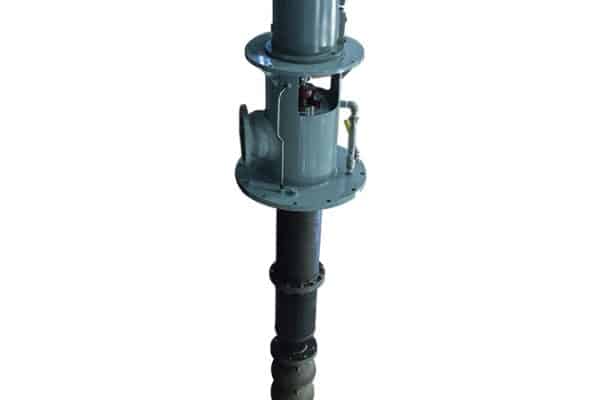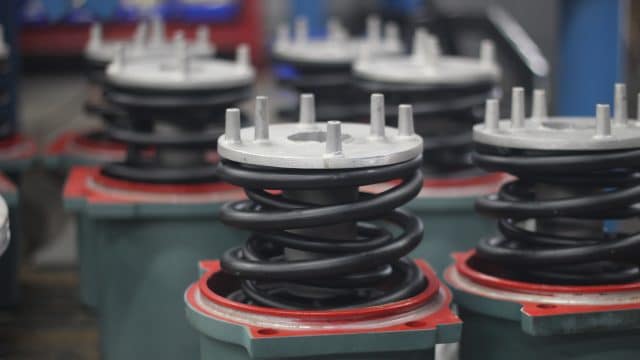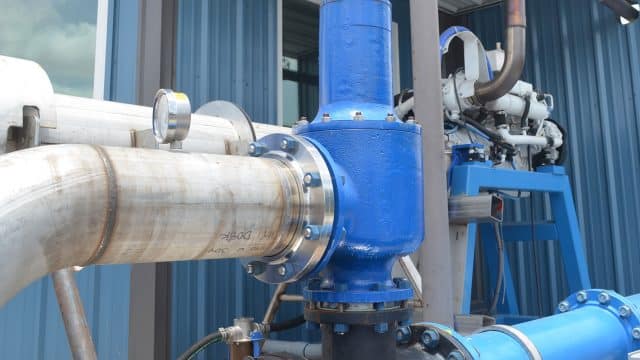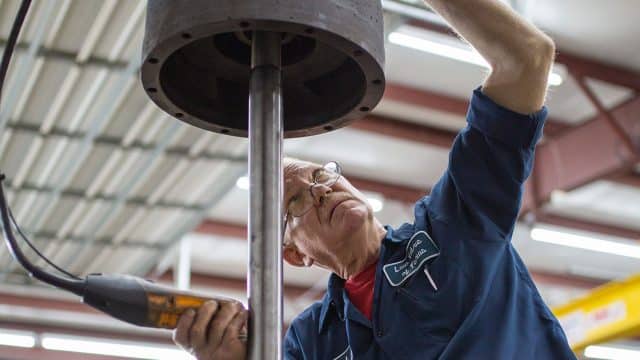Did you know you can get a liquid to flow up? You don’t need a science fiction anti-gravity device, and you don’t need to attend an academy for wizards. All you need is an extremely useful device called a vertical turbine pump. But how do they work? Keep reading this short guide, and you’ll knowRead More >
- Skip to primary navigation
- Skip to main content
- Skip to primary sidebar
- Skip to footer
- Skip to gdpr navigation






